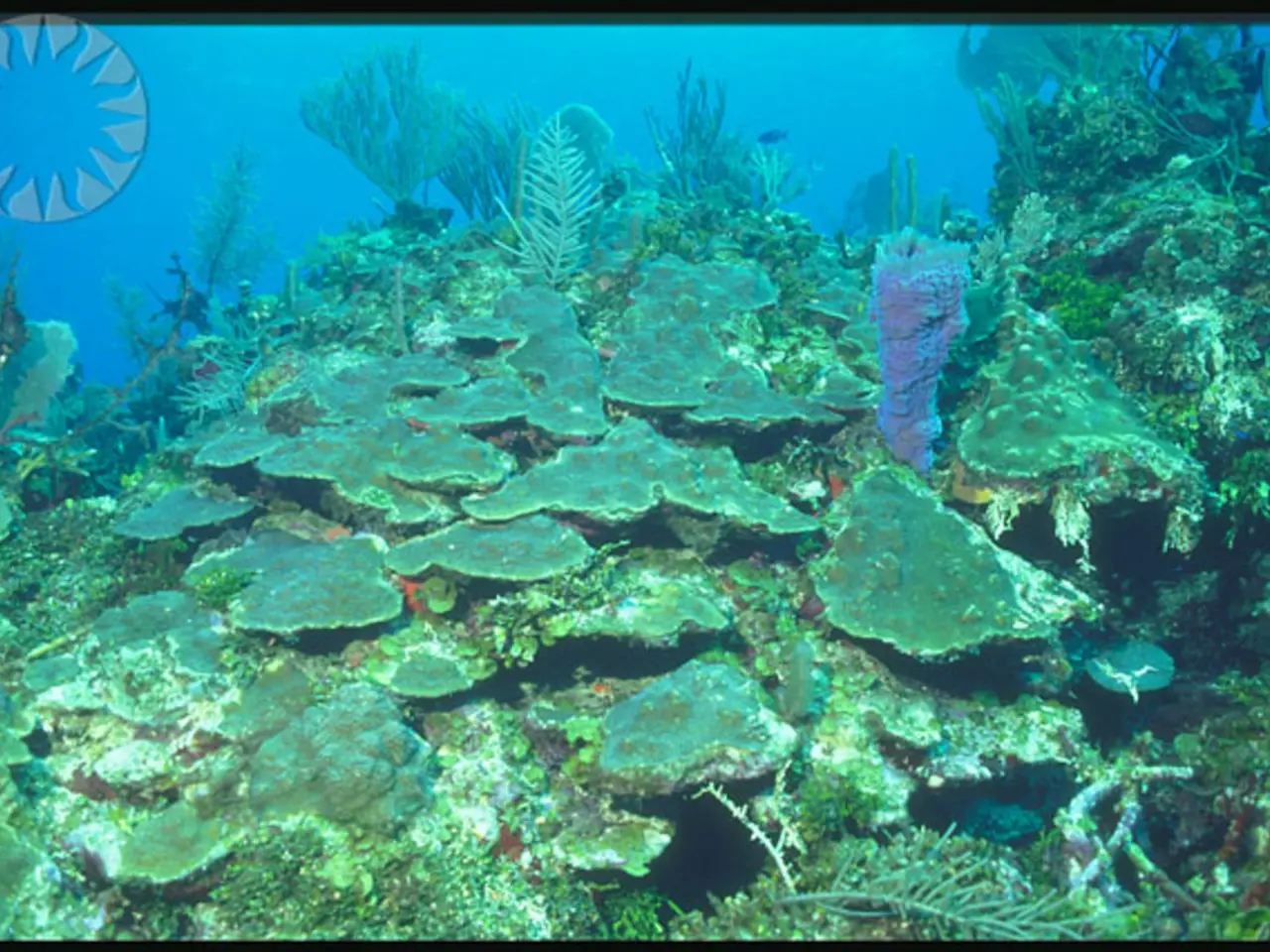Methods for Saving Water in Beginner Permaculture: A Comprehensive Guide
In the pursuit of a greener and more sustainable future, the practice of permaculture has gained significant attention. This innovative approach to farming and gardening, developed by Bill Mollison and David Holmgren in Australia in 1970, offers a solution to water scarcity and environmental degradation.
At the heart of permaculture lies the concept of creating efficient systems that reduce water usage and increase yields per acre. One such system is aquaponics, a fusion of aquaculture and hydroponics that operates within a closed-loop system. Incorporating the Nutrition Film Technique (NFT) of hydroponics in AP systems allows for vertical space utilization, opening up the potential to grow a variety of crops, such as strawberries.
Integrating aquaculture systems in permaculture ecosystems offers additional benefits. Ponds and other aquatic features serve as a water source for irrigation, support fish and other aquatic life, and provide habitat for wildlife. This symbiotic relationship helps with water and nutrient cycling, further enhancing the sustainability of the system.
Keyline design, another key permaculture technique, focuses on placing landscape features to improve water flow and storage. Pioneered by P.A. Yeomans in the 1940s, this method emphasises the importance of understanding water flow in landscapes. By building swales, dams, and other structures along the keyline, water can be spread and stored, boosting water infiltration and supporting groundwater recharge.
Swales and berms, two essential components of keyline design, slow down water flow, allowing it to soak into the soil and preventing erosion. This method helps to reduce runoff and boost soil moisture, making it an effective tool for water conservation.
Xeriscaping, with its focus on using drought-tolerant plants, fits well with permaculture's water-saving ethos. Xeriscaping principles include using efficient irrigation systems, grouping plants with similar water needs together, and strategically placing trees and shrubs to provide shade and wind protection.
Rainwater harvesting and greywater recycling are other methods used in permaculture to mimic nature's water cycles and cut down on waste. Rainwater harvesting captures and stores rainwater in barrels, allowing people to use less municipal water and water their plants with rainwater. Greywater recycling treats water from sinks, showers, and washing machines for irrigation, reducing the need for freshwater.
In conclusion, permaculture offers a holistic approach to water conservation, combining various techniques to create efficient, self-sustaining systems. By embracing permaculture principles, we can not only conserve water but also contribute to a healthier, more sustainable environment.
Read also:
- Peptide YY (PYY): Exploring its Role in Appetite Suppression, Intestinal Health, and Cognitive Links
- Toddler Health: Rotavirus Signs, Origins, and Potential Complications
- Digestive issues and heart discomfort: Root causes and associated health conditions
- House Infernos: Deadly Hazards Surpassing the Flames








